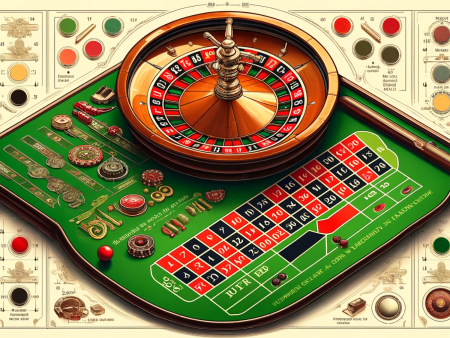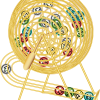Gambling is a universal activity with well-known games like poker, blackjack, and roulette played around the globe. However, numerous lesser-known gambling games offer unique cultural insights and exciting gameplay. These games are deeply rooted in local traditions and are mostly played in specific regions. Here’s a guide to some of the world’s least-known gambling games, where they are played, and how.
THE LEAST-KNOWN GAMES AND WHERE TO FIND THEM
1. Fan-Tan (China)
Originally from China, Fan-Tan was once a popular gambling game among Chinese laborers during the 19th century. The game involves a square marked on the table, with players betting on the number of counters that will remain after they have been divided by four. The dealer uses a small cup to cover a random number of these counters, making the game highly reliant on luck and chance.
2. Jhandi Munda (India)
Jhandi Munda is a traditional board game popular in India, particularly in the streets of Arunachal Pradesh. It’s played with six dice, each with symbols rather than numbers. Players bet on which symbol appears face up the most times. If their chosen symbol shows up most frequently, they win. Jhandi Munda is not only a game of chance but also a festive component during Indian celebrations.
3. Pachinko (Japan)
Pachinko is a mechanical game used as both a form of recreational arcade game and much more frequently as a gambling device, filling a Japanese gambling niche comparable to that of the slot machine in Western gaming. Players get a number of steel balls by inserting cash or cards directly into the machine they want to use. These balls are then shot into the machine usually via pulling a lever once for each launch from a ball tray. The balls then fall vertically through an array of pins, levers, cups, traps and various obstacles until they reach the bottom of the machine screen.
4. Banca Francesa (Portugal)
Less known outside Portugal, Banca Francesa is a very fast dice game played in Portuguese casinos. The game involves three dice and players bet on one of three outcomes: “Big” (total of 14-16), “Small” (total of 5-7), or “Aces” (total of three). The simplicity of the game and its fast pace make it an exciting option for many gamblers.
5. Two-Up (Australia)
Two-Up is a traditional Australian gambling game, involving a designated “spinner” throwing two coins into the air. Players bet on whether the coins will fall with both heads up, both tails up, or with one coin a head and one a tail (known as “Ewan”). It is traditionally played on Anzac Day in pubs and clubs throughout Australia, in part to mark a shared experience with Diggers through the ages.
6. Kalooki (Caribbean)
Kalooki is a popular card game in the Caribbean, a variant of Rummy. The game is played with two decks of cards and two jokers. Players must form melds (sets and runs) and the first to go out wins the pot. Kalooki is especially popular in Jamaica, where it is often played in social gatherings for stakes.
7. Belote (France)
Belote is a trick-taking card game, considered one of the most popular games in France but relatively unknown outside of French-speaking countries. It is typically played by four people, divided into two teams, using a standard deck of playing cards. The game’s rules involve complex bidding and strategic gameplay, making it both challenging and engaging.
These games reflect the rich diversity of global gambling practices, each offering a window into the cultural nuances of their respective regions. Whether played in lively casinos, quiet homes, or bustling streets, they continue to provide entertainment and excitement to their local populations. For the intrepid gambler looking to explore these games, understanding their rules and the context in which they are played can offer not only a new gaming experience but also a deeper appreciation of another culture’s traditions. So do not wait any longer. Go out and try these not very well-known games.











